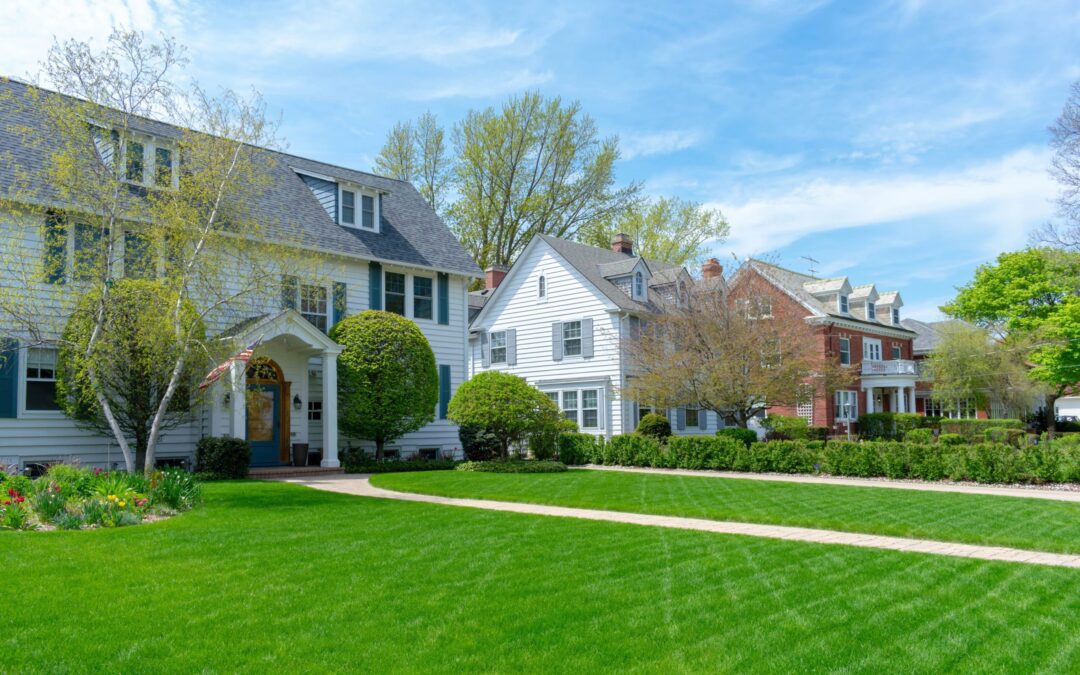On October 14th, the Cultural Landscape Foundation of Washington, DC awarded the Cornelia Oberlander International Landscape Architecture Prize. This is like the Nobel Prize for great thinkers on planting schemes. The inaugural prize was awarded to Julie Bargmann, founder of D.I.R.T. (which stands for Dump It Right There), a design firm that focuses on recapturing landscapes despoiled by industry or mining. She is a professor of landscape architecture at the University of Virginia. The Oberlander judges noted that Ms. Bargmann’s work is significant for healing the land while recognizing the history of the brownfields sites, and the workers who toiled there. She redesigned an abandoned parking lot in Detroit, for example, into a park using many items found on the site in the redevelopment. Concrete walls on the site were recycled into benches in the park. Bargmann has been described as a visionary thinker whose life work revolves around finding existing beauty in marginal communities that respect and honor those places.
We all too often ignore the importance of landscaping in community revitalization efforts. As the work of Ms. Bargmann demonstrates, landscaping can make a huge difference in how a community looks. And landscaping ‘fixes’ can be implemented at a relatively low cost. Screening an eyesore with a tall evergreen hedge can go a long way towards improving the quality of life in a neighborhood.
The benefits of a focus on landscaping go well beyond the aesthetic- there will be benefits to the environment and climate change and can provide food security for lower-income residents of our communities. Reforestation of our communities is one key element of the battle against climate change. Heavily developed neighborhoods create what is known as a heat sink, absorbing heat in the summer that simply doesn’t dissipate, causing an increase in air conditioning use, and adding to ozone levels and other forms of air pollution. Over 4.2 million people die each year worldwide due to the effects of air pollution. Trees are part of the solution because they absorb carbon from the atmosphere in the form of carbon dioxide, use the carbon in the process of photosynthesis, and give off clean oxygen. Every barren streetscape is an opportunity to replant greenery to help offset the loss of rain forest and help to heal the world.
In the 1960s, during the Lyndon Johnson administration, LadyBird Johnson, the First Lady, headed an initiative that planted thousands of street trees throughout the District of Columbia. Prior to her efforts, Washington was sunbaked and unattractive. Within a few short years, Washington has developed a lush tree canopy that has entirely changed the character of those neighborhoods.
In addition to the climate impact of creating lush urban forests, tree plantings have an economic impact. Many Realtors will note that homes located in neighborhoods with mature trees are more attractive to homebuyers, and sell for higher prices than similar homes located in neighborhoods without shade cover. According to the HGTV website, mature trees on a home site can increase the value of the home by 7-19%.
I mentioned above that landscaping can also help lower-income families with the issue of food insecurity. Consider planting some fruit trees in a public park, or to break up an expanse of asphalt in your supermarket parking lot, so that homeless people can help themselves to a healthy snack during harvest time. Imagine moving a lower-income family into a home where there is an apple tree or a pear tree in the yard (or both!). That family can then supplement their budget with healthy fruit harvested from their own trees. High bush blueberries can be used as privacy hedging along a property line, kiwi vines can be planted to shade a deck or porch. Several hundred dollars in trees and shrubs can help a family to live a healthy-diet lifestyle for years to come. I grew up in a home where there was an ancient apple tree in the backyard. That tree generated enough apples each year for my family to make and can apple sauce that we ate throughout the year. Since we didn’t spray that tree, our apple sauce was organic, a wonderful bonus. And that tree was a great climbing tree for all of us when we were pre-teens.
Sadly, most community development funding programs from federal or state agencies do not allow funding to be invested in landscaping materials. It clearly makes sense to fix the landscape when we fix the house. If the feds and the state won’t pay for this, can we find philanthropic foundations that will look at this opportunity to fix our climate and hunger issues in partnership with housing rehabilitation efforts?
Oh, congratulations to Julie Bargmann on winning the Oberlander Prize. Please keep showing us more great ideas!
The Curmudgeon
